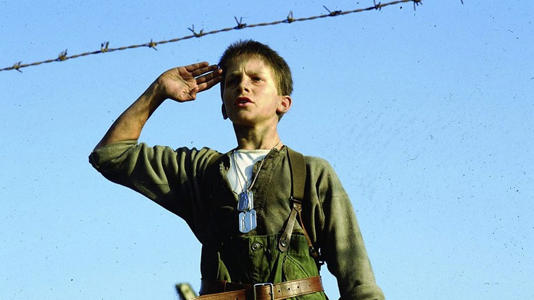“Schindler’s List” changed the course of Steven Spielberg’s career.
The wunderkind filmmaker invented (unintentionally) the blockbuster with Jaws and rose to become one of the most commercially successful directors of all time.
But there was something Spielberg wanted more than box office appeal, popularity and money: respect. He didn’t just want to be the blockbuster guy; he wanted to be taken seriously as an artist.
Spielberg had to work his way up to making such a serious movie, and “Schindler’s List” wasn’t the first time the filmmaker chased Oscar gold and artistic respect.
In a new oral history of Schindler’s List, Spielberg revealed that he couldn’t have made the film were it not for two of his previous works.
“Color Purple” “Empire Of The Sun”
Spielberg never made it a secret that he would like to win the Oscar.
A crew captured his disappointment when he was not nominated for Best Director for “Jaws,” and while he would finally get nominated for the award for “Close Encounters of the Third Kind,” he didn’t win.
He was nominated again for “Raiders of the Lost Ark,” and then “E.T. the Extra-Terrestrial,” and again, in both instances, he lost. These films had something in common: they were blockbusters. While Spielberg saw “E.T.” as a small personal film, it was still ultimately a popcorn flick — loaded with special effects like “Close Encounters” and “Raiders.” The filmmaker realized a change was needed — he would have to make something “serious.” Something dramatic. Something for adults. Eventually, he would realize his Oscar dreams with “Schindler’s List.” But getting there would require testing the waters — something he did with two other serious films.
“Empire of the Sun,” released in 1987, follows a young boy living as a prisoner of war in an internment camp during World War II. Again, Spielberg was trying new things as a filmmaker, although he ultimately would not be nominated for Best Director for the work.
Schindler’s List
Spielberg did not only make these movies because he wanted an Oscar.
But what the filmmaker was really chasing was respect from his peers, recognition, fame that he was more than just the commercial “blockbuster” director.
He didn’t just make popcorn flicks, he made film that were art work. But he not only needed to prove that to audiences — he needed to prove it to himself.
That’s where “The Color Purple” and “Empire of the Sun” come in. By making these two very adult dramas, Spielberg was proving to himself that he could do more than create spectacle.





